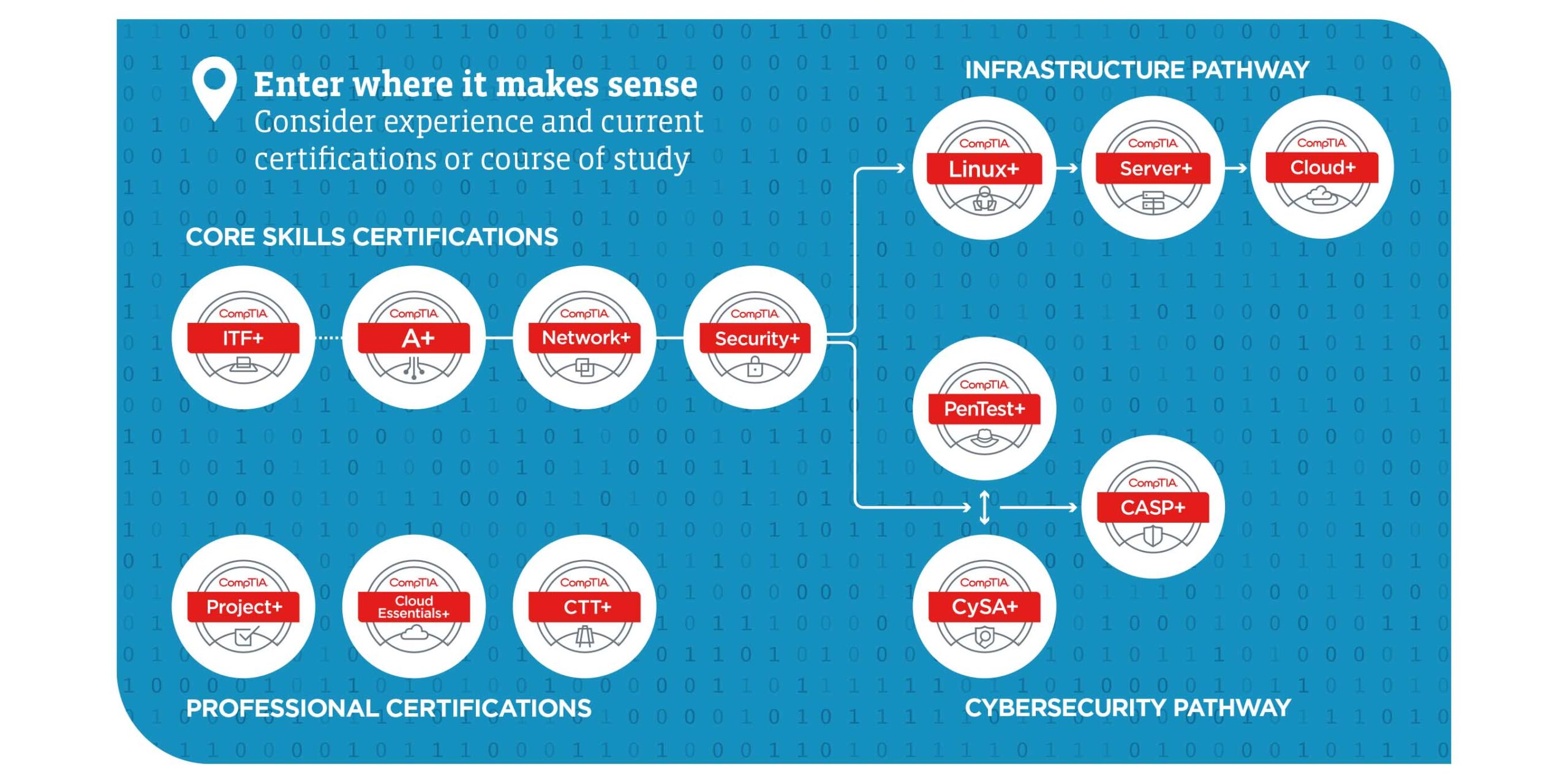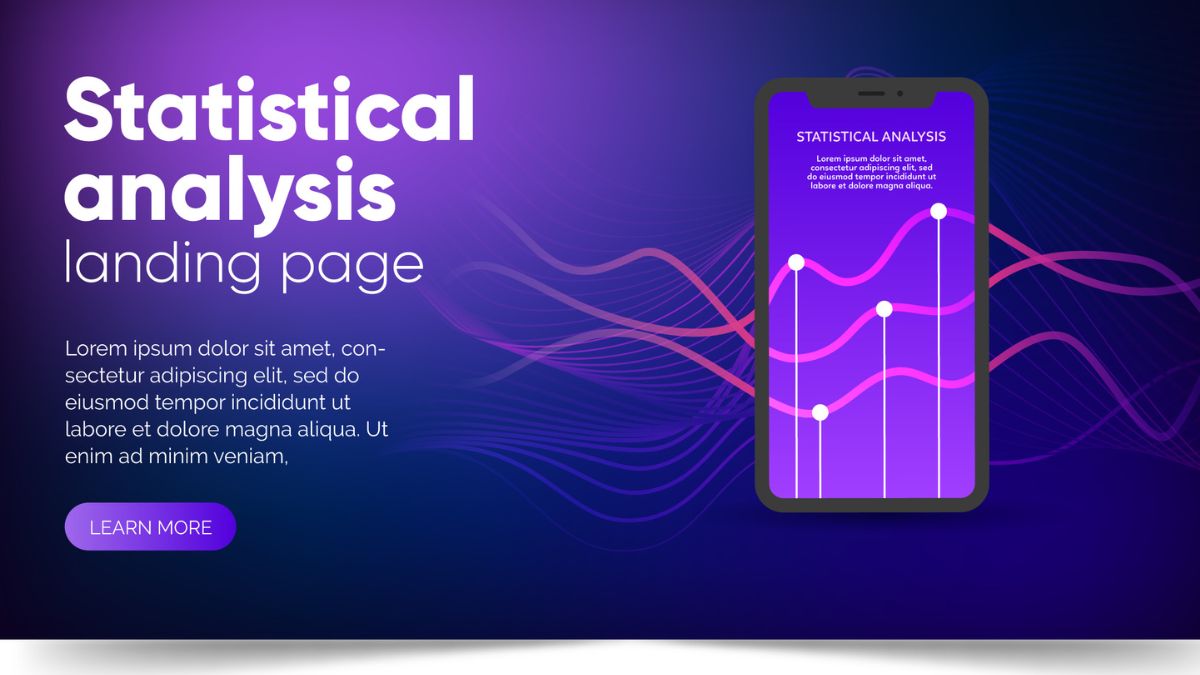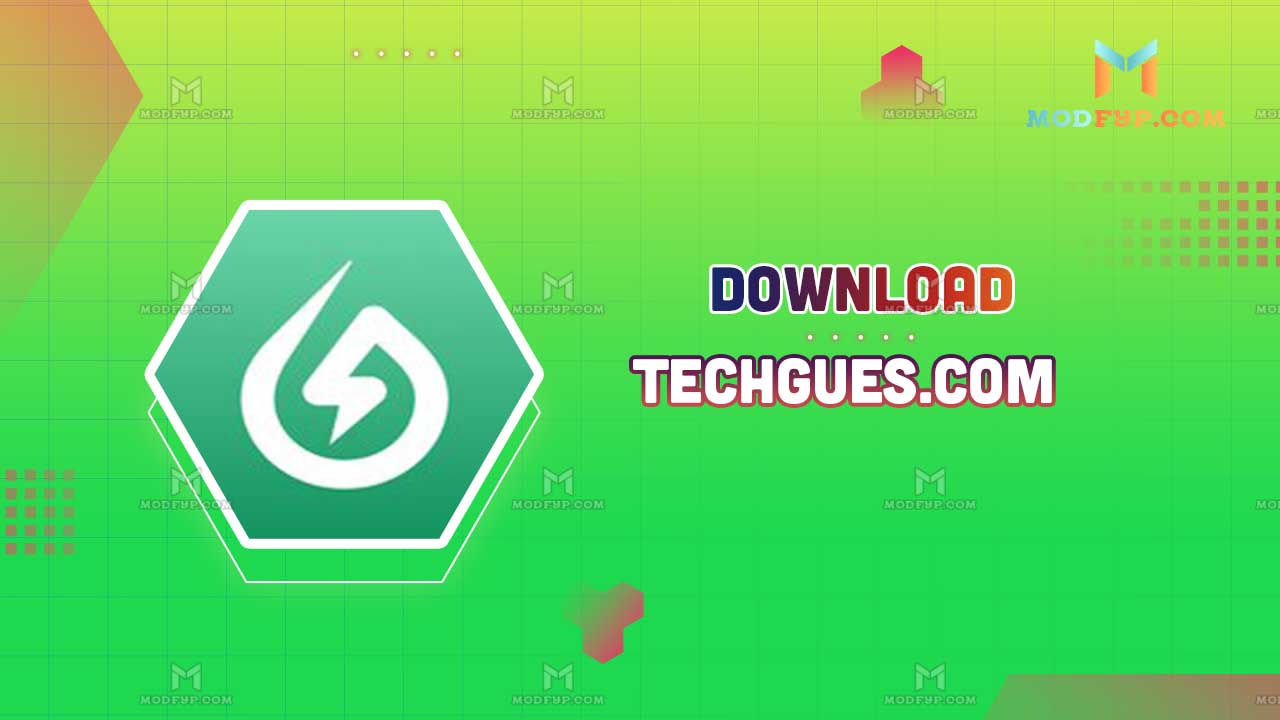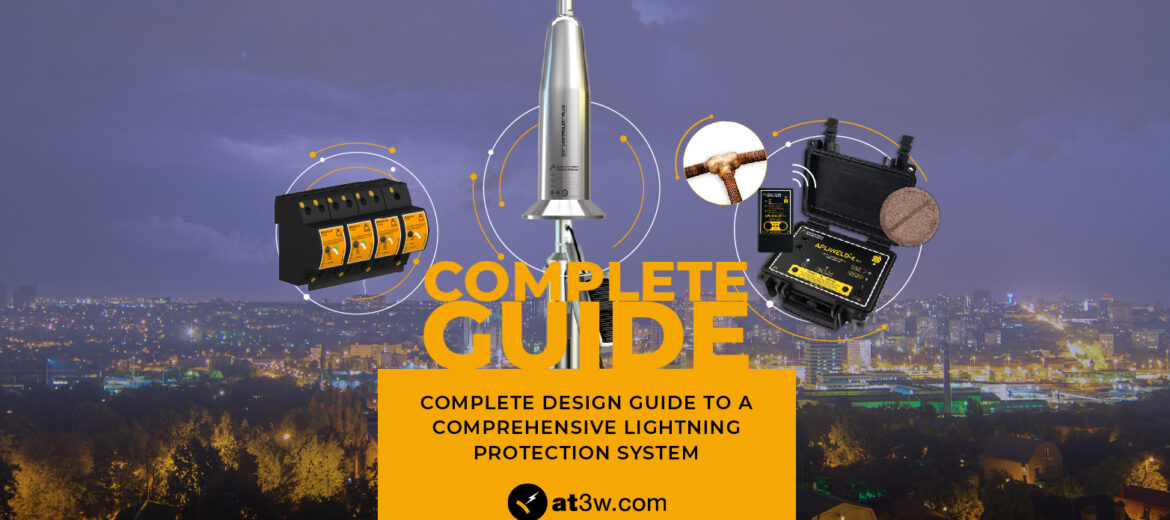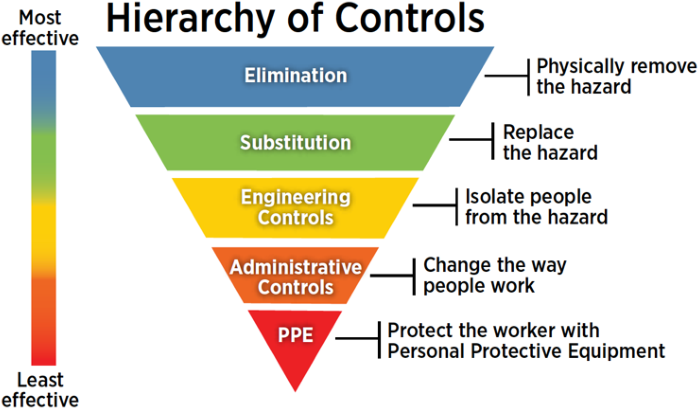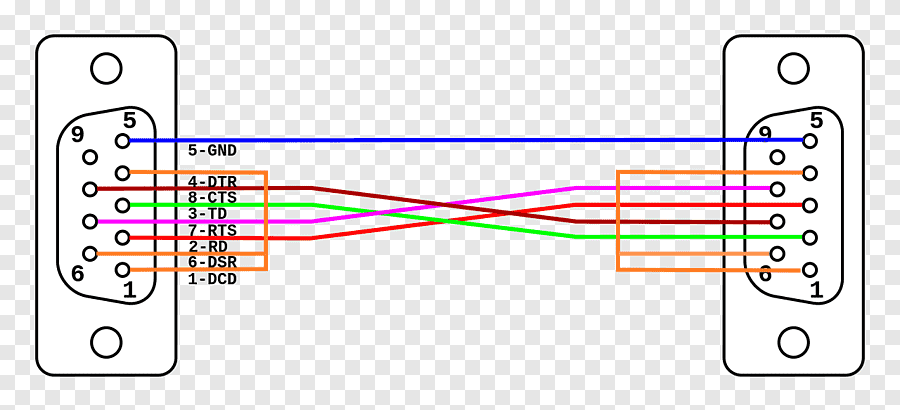
The term “Internet of Things” (IoT) refers to a network of interconnected objects and devices, or “things,” that are outfitted with sensors and other technologies that enable data transmission and reception between them and other objects and systems. The IoT is currently widely used in industrial settings .
The detailed definition of IOT:
Anything that can be wirelessly connected to an Internet network is, in the broadest sense, considered to be a part of the Internet of Things. However, in modern times, the term “Internet of Things” has narrowed down to refer to connected objects that are outfitted with sensors, software, and other technologies that enable them to send and receive data in order to automate tasks or inform users. Wi-Fi was historically the primary means of achieving connectivity; however, 5G and other types of network platforms promise to handle large data sets quickly and reliably, almost anywhere.
The goal is to extract as much information as you can from the data that IoT devices gather and transmit in order to enable the devices to produce ever-more precise and advanced outputs and insights. AI technologies can be used to enhance IoT networks by utilizing their advanced analytics and machine learning capabilities.
Internet of Things History:
Around 10 billion Internet of Things devices were in use in 2021, and by 2025, the IDC predicted that the world’s data generation would surpass 73 zettabytes, or 73 trillion gigabytes. While it is difficult to put a physical value on digital data, we can say that if all of that data were converted into floppy disks from the 1990s and arranged end to end, they could travel over 5,000 times around the moon.
The growth of IoT data has been exponential in just a few decades, and this trend is likely to continue. So what caused this Internet of Things boom? A particular set of technologies had to unite and develop simultaneously in order for IoT to grow.
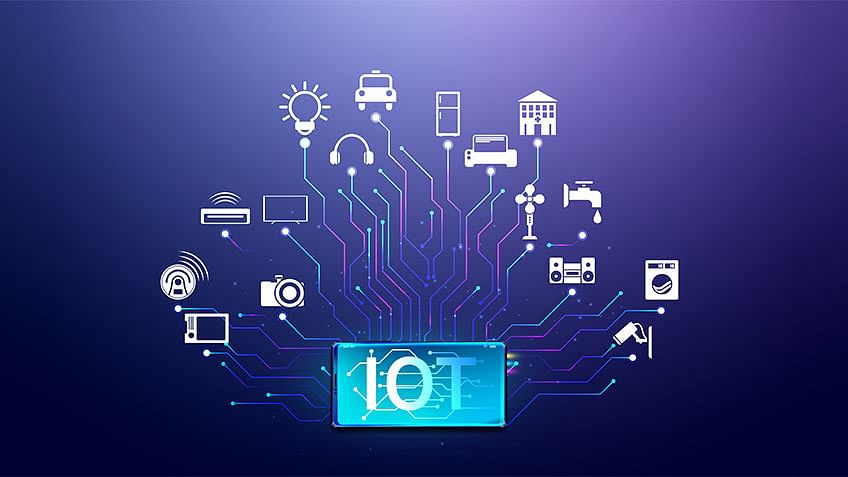
Connectivity:
From modest modem-based origins, modern Internet and cloud connectivity has advanced to a point where it can transmit and receive massive amounts of data quickly and reliably, enabling the Internet of Things’ rapid expansion.
Sensor technology:
As the need for IoT sensor innovation grew steadily, the market transitioned from a few expensive, specialized suppliers to a highly competitive, worldwide sensor manufacturing sector. In addition to a demand-driven increase in better functionality and product diversity, the average cost of IoT sensors has decreased by more than 70% since 2004.
Computing power:
Compared to the beginning of digital storage, two times as much data will be created in the next five years. Modern businesses require ever-increasing amounts of memory and processing power in order to use and leverage all that data. IoT is becoming more and more relevant and applicable as a result of the swift and fierce competition to accomplish this.
Big Data technology:
Since the 1980s, the amount of data in the world has increased dramatically, as has the computer technology required to store it. Massive amounts of data generated from Inter IOT devices, smart cars, and equipment can now be processed and analyzed in real time thanks to advancements in databases and analysis tools. The Internet of Things depends on this speed and capacity.
Machine learning and artificial intelligence:
Large volumes of IoT data can be managed, processed, analyzed, and used for learning thanks to these technologies. The staple diet of machine learning and artificial intelligence is big data. The insights and intelligence that AI-powered advanced analytics can provide are more reliable and accurate when the data sets are larger and more varied. The development of artificial intelligence and its desire for the data that these devices provide have grown hand in hand with the proliferation of IoT devices.
Cloud computing:
Just as connectivity was essential to the Internet of Things’ development, so too was its evolution closely linked to the rise of cloud computing. IoT devices can now collect and send ever-larger and more complex data sets thanks to cloud IoT services, which can supply processing power and high-volume storage on demand.

Real-world examples of IoT networks:
Almost every part of contemporary life is impacted by IoT networks and the data they generate, including our homes, cars, stores, and even our bodies.
Smart homes:
Internet of things (IoT) networks are already widely known to many people. Home automation systems can be used to monitor and control lighting, climate, security systems, appliances, and more from a distance using smart switches, sensors, and devices that connect via protocols like Z-Wave or Zigbee. IoT-enabled devices allow you to turn off lights and ovens from your phone if you forget to do so before leaving the house.
Intelligent network:
Smart grids use Inter IOT solutions in conjunction with AI and advanced analytics technology to help integrate technology to help consumers better understand and manage the energy they’re using—and even producing—through solar panels and other means.
In order to prevent or minimize outages and other problems, power can be redistributed as needed thanks to IoT sensors installed throughout the grid that can identify possible threats earlier. Additionally, sensors can identify mechanical issues and notify technicians when repairs are necessary, giving energy users more control and knowledge.
Smart cities:
A smart city is defined as “an urban setting that applies technology to enhance the benefits and diminish the shortcomings of urbanization” by the Smart City Index (SCI). Among the issues that the Internet of Things is assisting in addressing are growing populations, congested roads, and deteriorating infrastructure.
City planners can monitor and gather data to proactively address issues with the use of sensors, meters, and other Internet of things devices. In order to help prevent flooding when water levels get too high, sensors installed in storm drains, for instance, can detect water levels and automatically trigger actions.
Networked automobiles:
Currently, almost every new vehicle comes equipped with Inter IOT and smart features, and over the course of the next five years and more, 5G vehicles are anticipated to become increasingly commonplace. Utilizing IoT technology, advanced driver assistance systems (ADAS) assist drivers with a variety of tasks, including route planning, avoiding collisions, navigating tight spaces, and much more.
Furthermore, connectivity with external devices like traffic lights, pedestrians, news and weather sources, and streaming entertainment providers is becoming more common as automotive IoT advances.
How can IoT data be used in the industrial sector?
The Industrial IoT (IIoT) is the largest (and fastest growing) data producer among the trillions of gigabits of data that humans produce annually. The nearly one billion security cameras in use worldwide are mostly to blame. Significant quantities are also produced by linked automobiles, manufacturing, and transportation applications. From supply chain management to healthcare, almost every industry generates, collects, and uses IIoT data these days.
Manufacturing and supply chains are among the industries where IIoT technology is expanding at the quickest rate. Sensors in a smart factory can identify and even anticipate mechanical problems, ensuring smooth operation. Additionally, they have the ability to gather and examine operational data in order to identify the fastest and most efficient workflows and processes. These can then be automated through a central system. IoT solutions contribute to the end-to-end optimization of supply chains. For safety and provenance purposes, raw materials and supplies can be tracked. Real-time monitoring is possible for shipping, cargo, and last-mile logistics. Also, clients are able to receive real-time updates regarding the progress of their orders and the country of origin of their goods.
IoT’s future
A smoother transition between technology and human experience is something we can anticipate in the future. Although the metaverse might not materialize for several years, the devices in our environment will enable us to engage in increasingly “real” sensory experiences through the use of 3D audio, sophisticated virtual reality, haptic feedback, and AI-driven real-time customization.
Not only that, but humans will be able to share these experiences over any distance thanks to the advent of 5G and globally ubiquitous fast connectivity. There could be significant ramifications from this, including altering our perspectives on some of our most basic institutions and activities, including work environments, healthcare facilities, real estate, retail, travel, and interpersonal relationships in general.
FAQs
What is required for IoT?
IoT devices require an internet connection, as the name implies. Second, for it to work, it needs additional technology, like sensors, or built-in software. A typical refrigerator, for instance, is not an IoT gadget.
What is the limit of IoT?
The app is automatically scaled by IoT Central when needed.1. The desired properties and reported properties sections have a maximum size of 32 KB each. The tags section has an 8 KB maximum size. Each individual property in every section has a maximum size of 4 KB.
Can IoT work without Internet?
IoT derives its name from the fact that it uses similar technology, even though it does not require the internet. Consider IoT as things that use internet-like technology but are useful off of the internet. Using the example of a “automated soil irrigation system,” let’s better understand this.
Who created the Internet of Things?
Scientist Kevin Ashton
In 1999, Kevin Ashton, a computer scientist, first used the term “Internet of Things.” Ashton suggested installing radio-frequency identification (RFID) chips on goods to allow for supply chain tracking while he was employed at Procter & Gamble.
Conclusion:
By 2021, there will be about 10 billion devices connected to the Internet of Things (IoT), a rapidly expanding network of sensors and devices. The amount of data generated worldwide is expected to exceed 73 trillion gigabytes by 2025. Advanced sensor technology, computing power, big data, machine learning, artificial intelligence, and advanced connectivity are the main drivers of the Internet of Things’ growth.
IoT devices can now gather and transmit massive amounts of data on demand thanks to cloud computing, which is having an impact on many areas of life, including smart cities, smart homes, smart grids, and smart cars. There are almost one billion security cameras in use worldwide, making Industrial Inter IOT (IIoT) the largest and fastest-growing data consumer.



